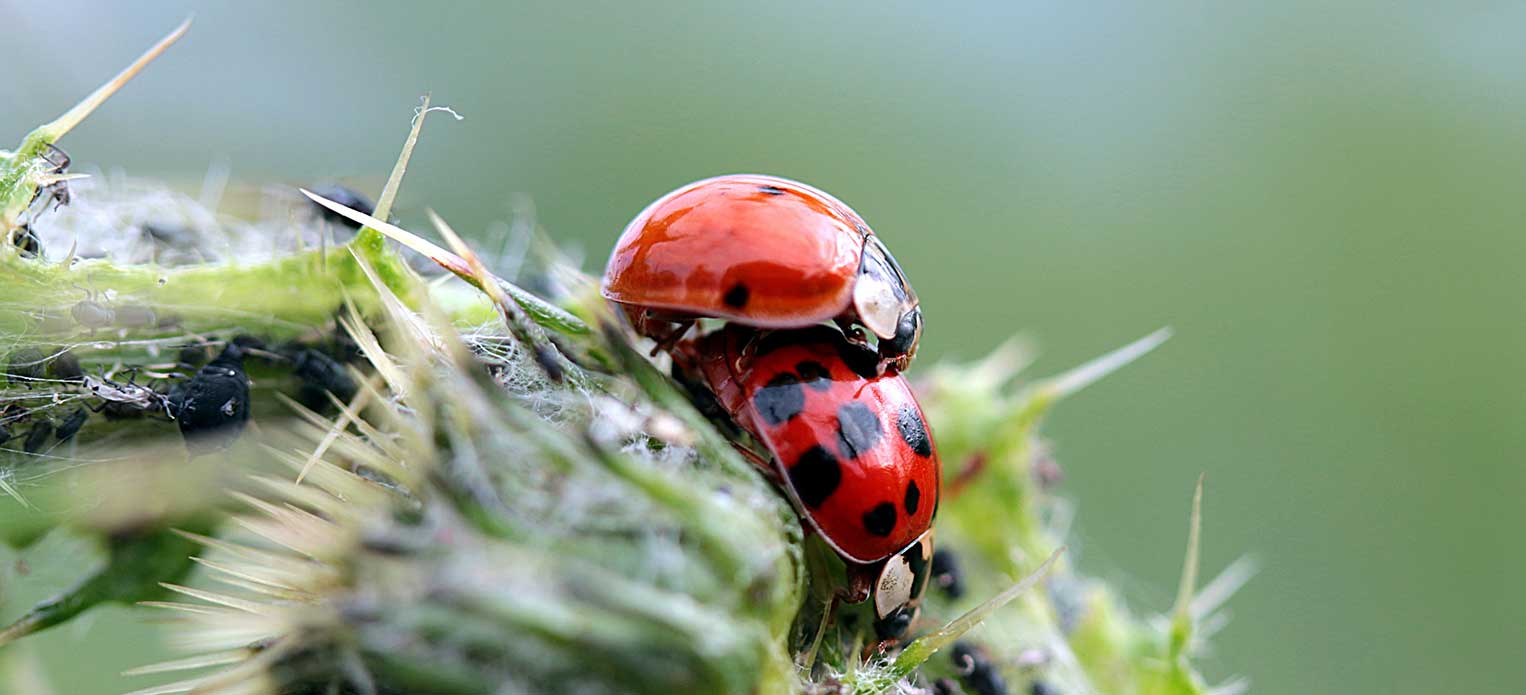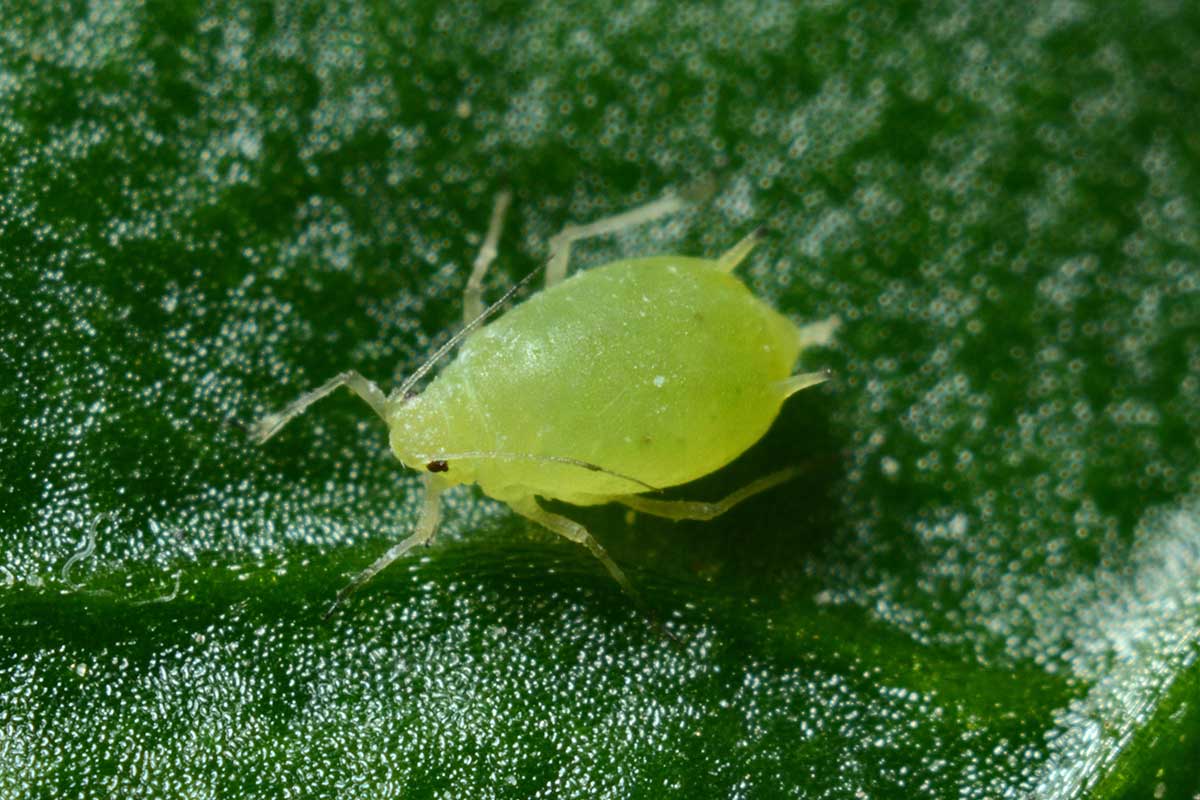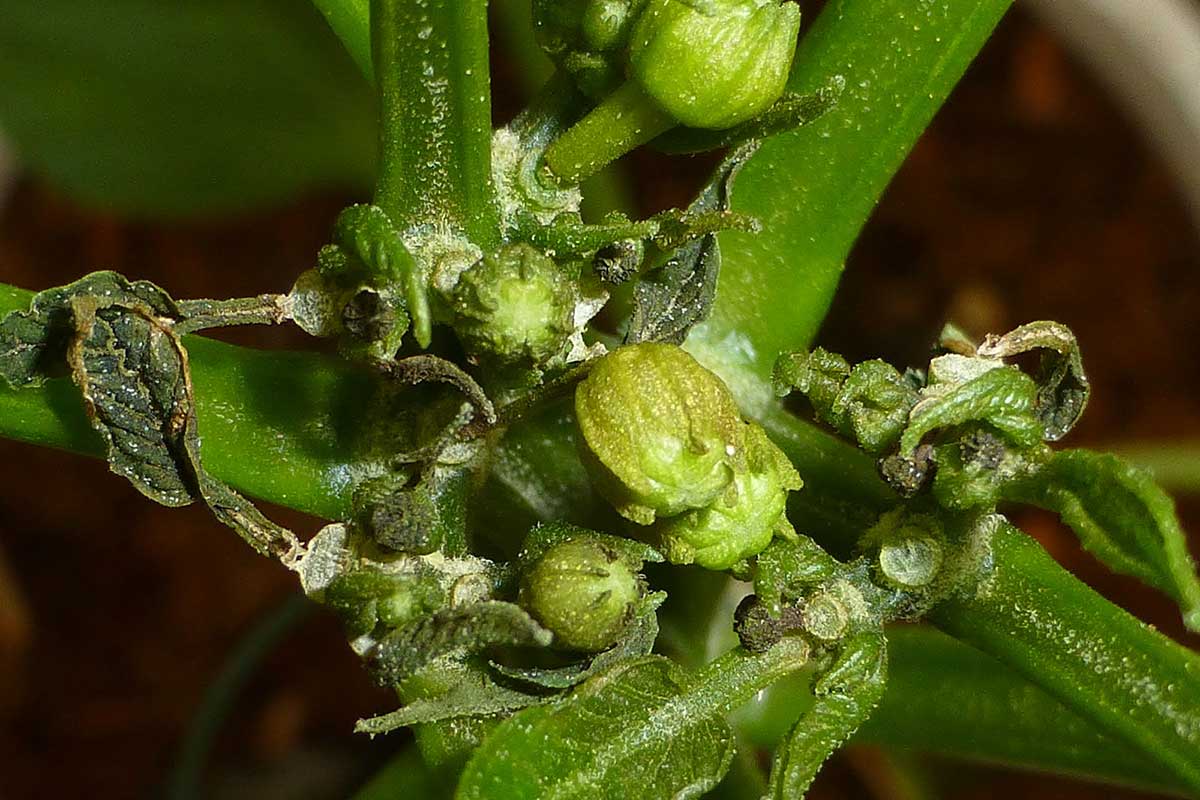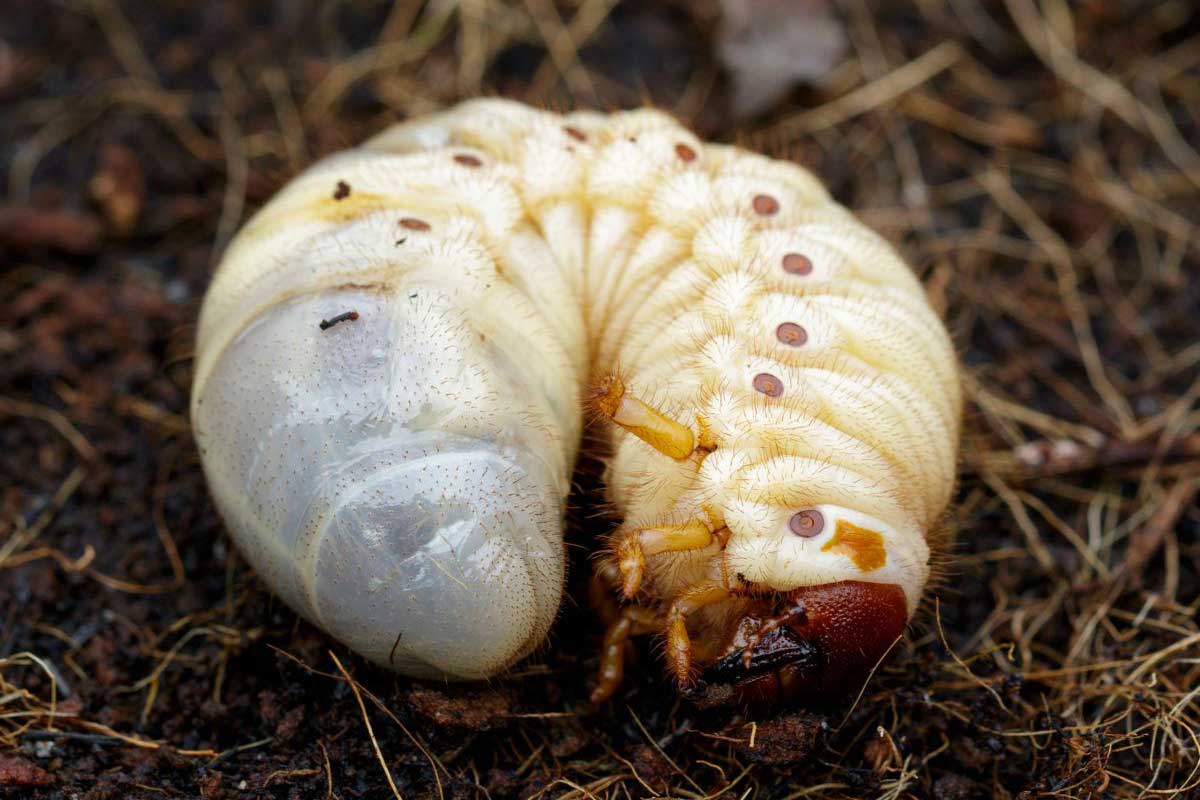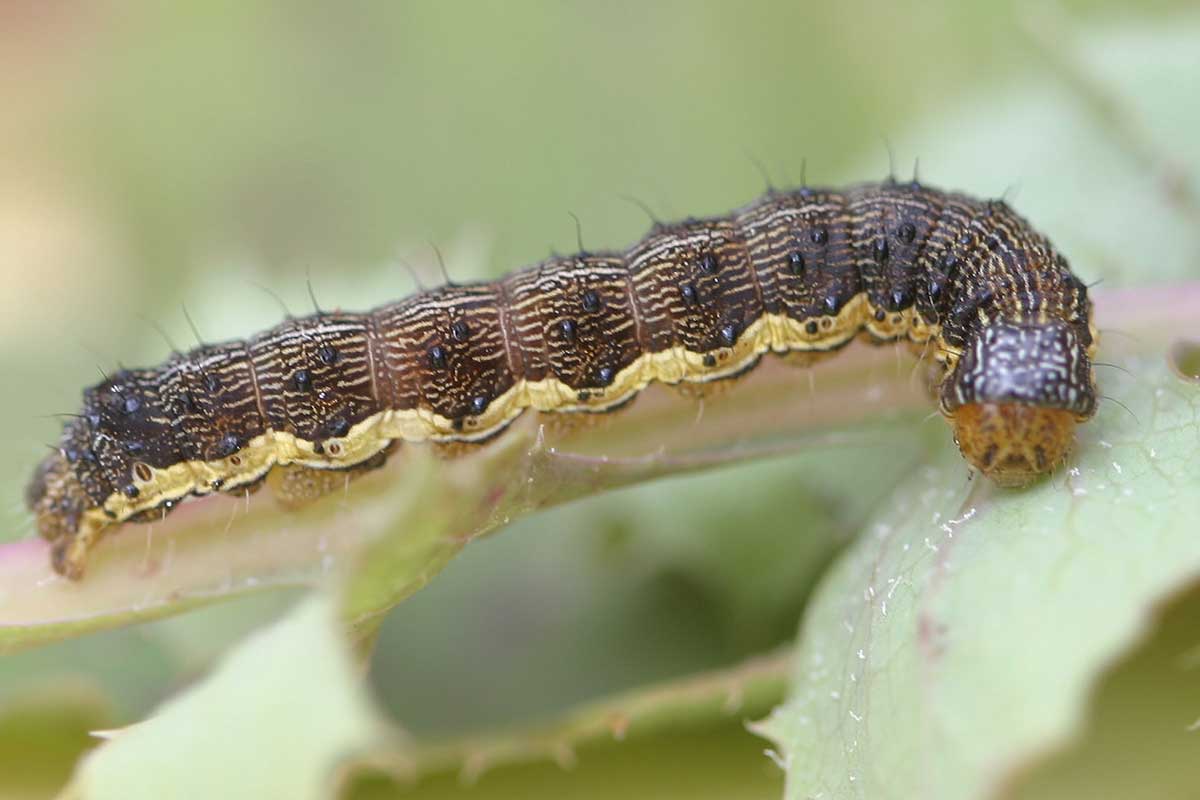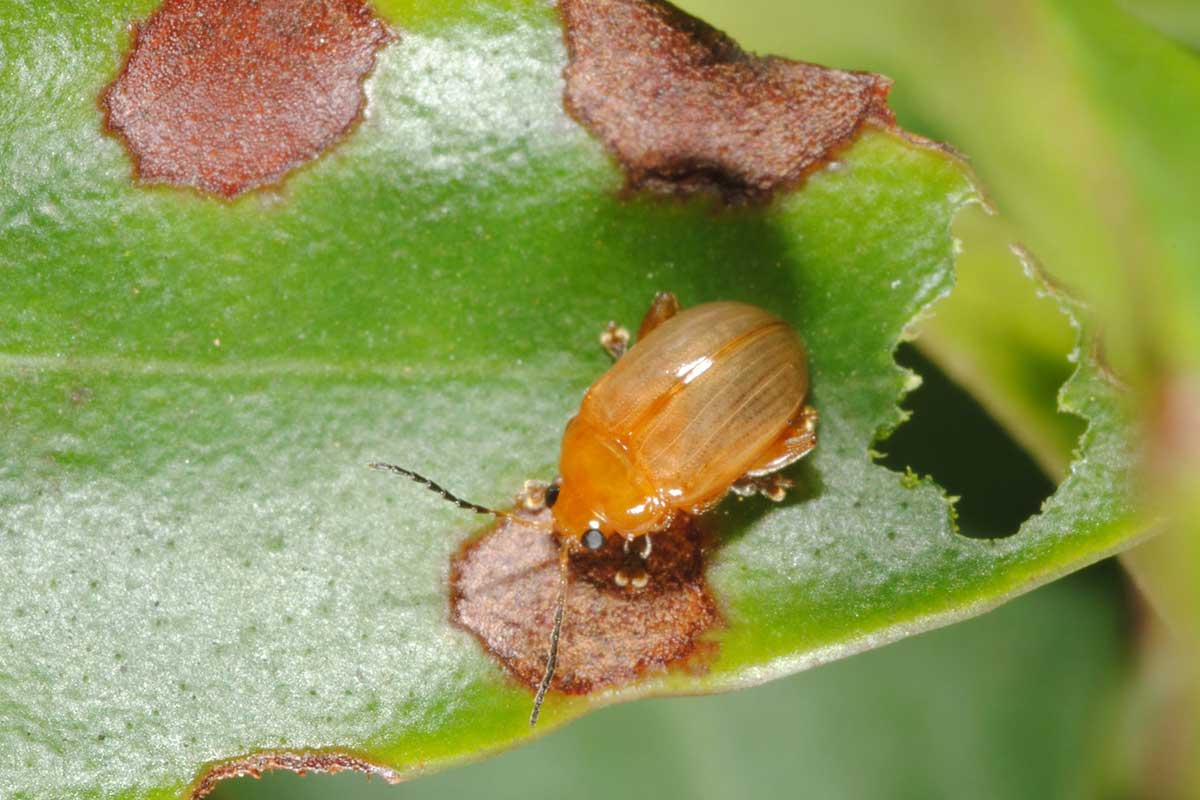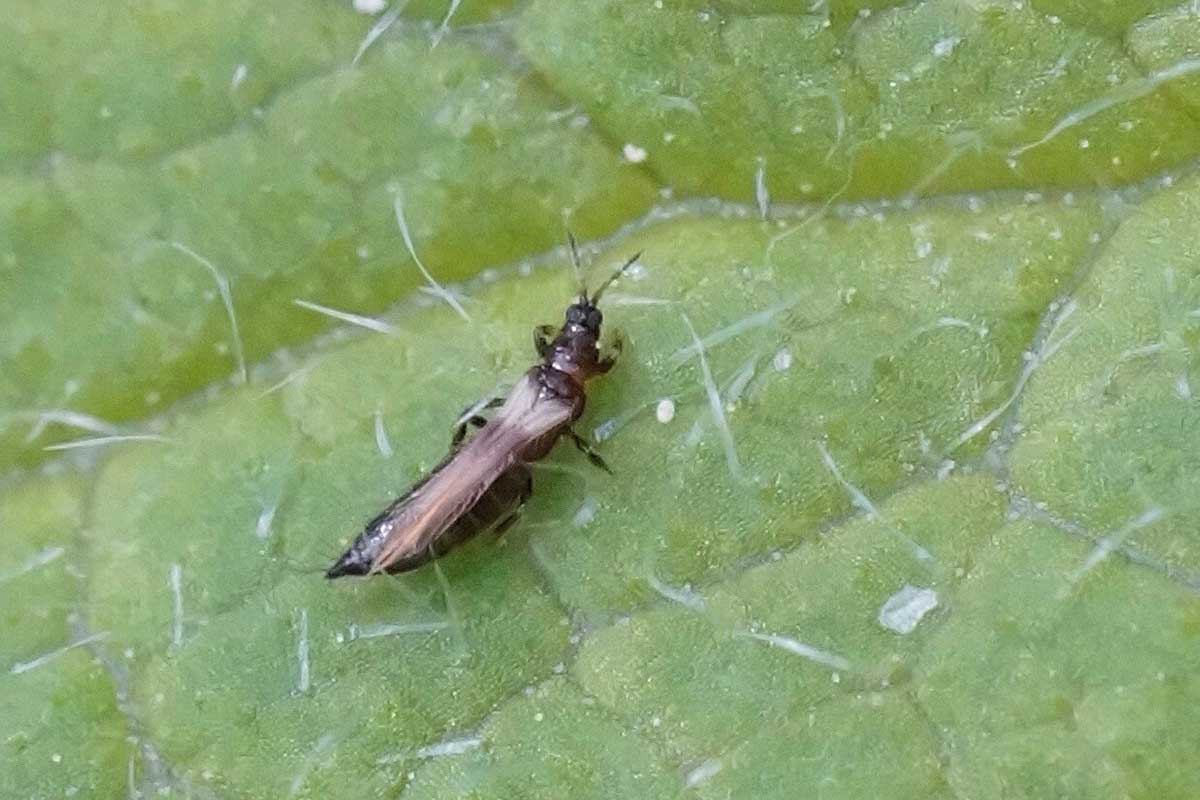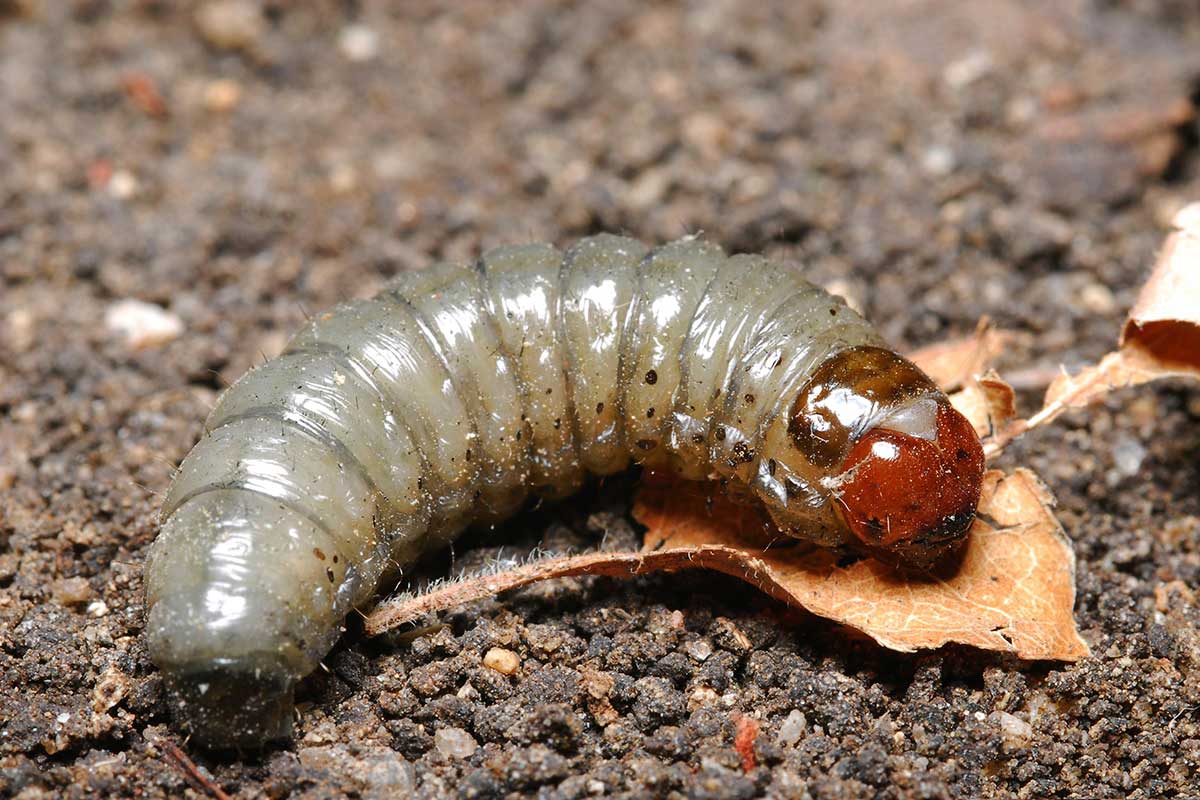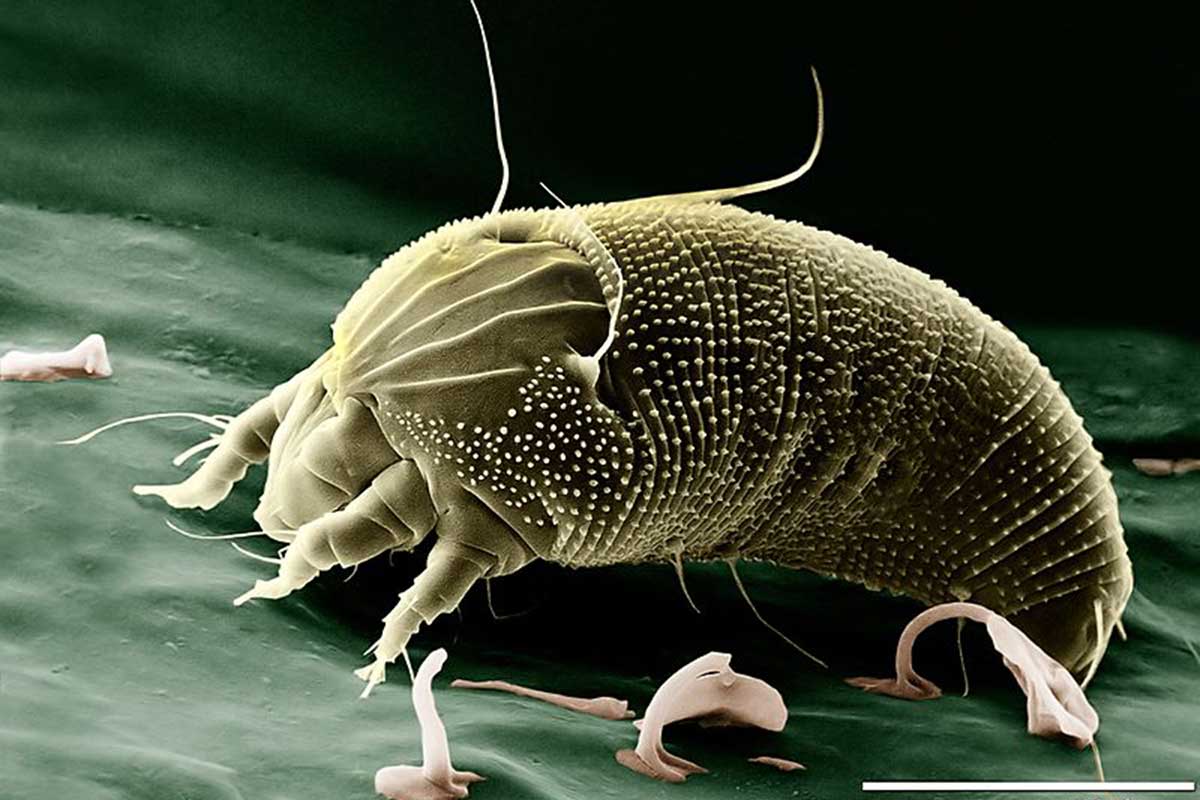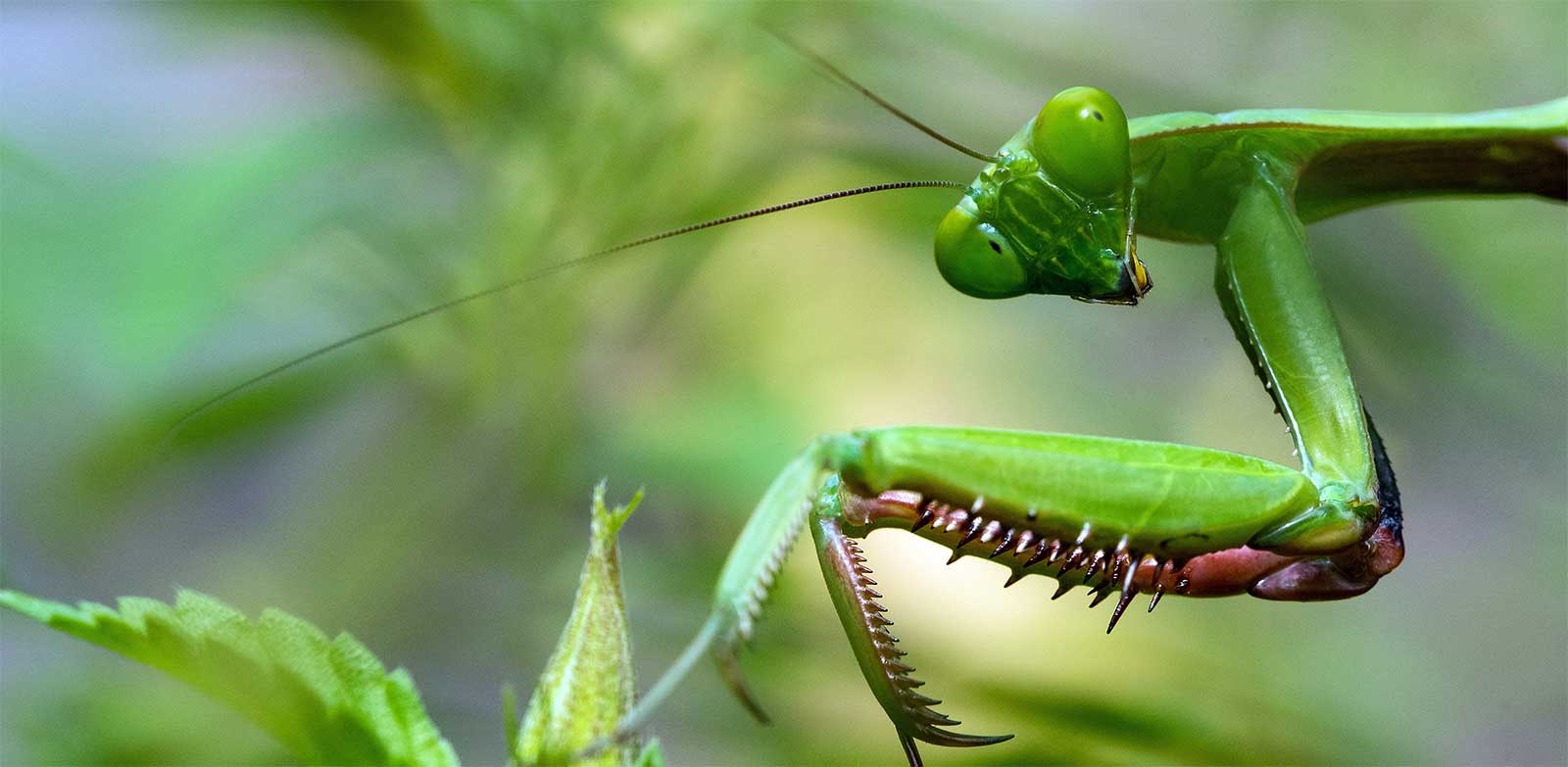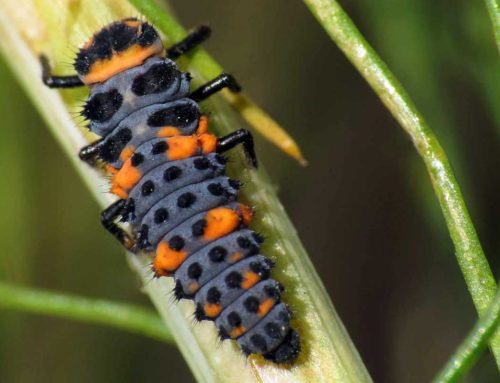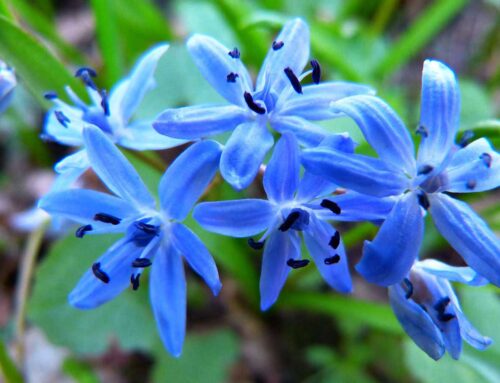Organic Pest Control
Implementing Sustainable Landscaping
“Children who grow what they eat will often eat what they grow.”
Garden and Plant Pest Control
 When implementing and practicing organic gardening, no fertilizers and pest control products are utilized that contain anything that would be considered not of a natural origin. These organic gardening techniques assures me that my family, my guests, my pets and my immediate environment are not exposed to unnecessary hazardous chemicals and/or pollutants, both within the beds themselves while tending to garden chores or just meandering through the gardens, to the very food that ends up on the dinner plate.
When implementing and practicing organic gardening, no fertilizers and pest control products are utilized that contain anything that would be considered not of a natural origin. These organic gardening techniques assures me that my family, my guests, my pets and my immediate environment are not exposed to unnecessary hazardous chemicals and/or pollutants, both within the beds themselves while tending to garden chores or just meandering through the gardens, to the very food that ends up on the dinner plate.
And when I implement biological pest control with the addition of predatory insects to my garden and landscape beds I can achieve the results mentioned above. Besides practicing sustainable landscaping, doing so provides an excellent learning opportunity for the children to learn how Mother Nature naturally builds an eco-system. And believe it or not, the more natural your gardening is, the more delicious your fruits and veggies taste and the more stunning do your flowers bloom, and the healthier your garden gets!
As a follow up to my recent blog post Conservation Biological Control wherein I presented a synopsis of the benefits of utilizing and implementing beneficial insects back into ecological systems for natural pest control; below you can review some pest control guidelines offering an insight to specific garden pests and course of actions to be taken to organically remedy the problem without resorting to chemicals and pesticides. This strategy is based upon ongoing research that now demonstrates a link between the conservation of natural habitat and reduced pest problems within the lawn and garden.
Pest Solving Guidelines
APHIDS
Damage to Plants | Leaf and Foliage Discoloration and Puckered Leaves
Solutions
Aphid Parasites
Aphelinus abdominalis
Aphidius colemani
Aphidius ervi
Broad Mites
Damage to Plants | Flowers can wither – distorted leaves – leaves curl inward – dark, compact leaf masses
Solutions
Mite Predator Neoseiulus
(amblyseius fallacis
Thrips Predator Neoseiulus
(amblyseius andersoni)
Grubs
Damage to Plants | Yellowing leaves, wilting plants, non-existent root system
Nematodes
(heterorhabditis bacteriophora)
(steinernema riobrave)
Spider Mites
Damage to Plants | Curled or burnt leaf edges, speckled leaf, slow growth
Ladybugs
(hippodamia convergens)
Assassin Bug
(zelus renardii)
Minute Pirate Bug
(orius insidiosus)
Mite Predator
(amblyseius andersoni)
(neoseiulus fallacis)
(amblyseius californicus)
(mesoseiulus longipes)
Predatory Mites
(feltiella acarisuga)
(stethorus punctillum)
BUDWORMS
Damage to Plants | Chewed, deformed or dying buds
Solutions
Minute Pirate Bug
(orius insidiosus)
Assassin Bugs
(zeles renardii)
Moth Egg Parasites
(trichogramma sp.)
Spined Soldier Bug
(podisus masculaventris)
Flea Beetles
Damage to Plants | Chewed leaves, small white buckshot holes
Solutions
Assassin Bugs
(zuluz renardii)
Beauveria bassiana
Nematodes
(heterorhabditis)
Mealybugs
Damage to Plants | Wilting leaves, leaf drop, discoloration of foliage
Mealybug Destroyer
(cryptolaemus montrouzieri)
Parasitoid
(anagyrus pseudococci)
Red Scale Parasite
(aphytis melinus)
Ladybugs
(hippodamia convergens)
Thrips
Damage to Plants | Scarred leaf / stems, dry and browning foliage
Thrips Predator
(neoseiulus cucumeris)
Mite Predator
(amblyseius swirskii)
CUTWORMS
Damage to Plants | Missing or damaged seedlings cut at soil level
Solutions
Beneficial Nematodes
(steinernema carpocapsae)
Moth Egg Parasites
(trichogramma sp.)
Bacillus thuringiensis
(var. kurstaki)
Fungus Gnats
Damage to Plants | Yellowing leaves, wilting of plant, lacking root structure
Solutions
Fungus Gnat Predator
(stratiolaelaps scimitus)
Rove Beetle
(dalotia coriaria)
Nematodes
(steinernema feltiae)
Beauveria bassiana
Russett Mites
Damage to Plants | Leaf curl, lower leaves dry, bronze colored foliage
Thrips Predator
(neoseiulus cucumeris)
Mite Predator
(amblyseius andersoni)
Whiteflies
Damage to Plants | Dust like substance on foliage, silver-white color, piercing marks on leaf
Whitefly Parasite
(encarsia formosa)
(eretmocerus eremicus)
Green Lacewig
(chrysoperia rufilabris)
Two Beneficial Insects
Practicing and implementing a beneficial insect release is an excellent learning experience for the whole family. Children delight in the wonders of Mother Nature and learn the practice of sustainable landscaping which is of immense value to the environment as a whole. While the solutions provided above are readily available to the consumer but not as well known, two of the more common and well known beneficial insects that are utilized within educational learning projects are shown below:
There are about 500 species of ladybugs in the United States, and their colors can range from red, orange, pink, gray, brown and even black. A ladybug’s main source of food is a typical garden aphid, but they have been known to eat soft-bodied insects and small mites. Adult lady beetles are round beetles measuring no more than 3/8″ in length. They lay their eggs among the aphids or other prey so the emerging larvae can feed on the insects.
A praying mantis is an accomplished hunter, feasting on live insects, including moths, mosquitoes, roaches, flies and aphids, as well as small rodents. The praying mantis grows up to 6 inches in size. A young praying mantis eats soft-bodied creatures such as aphids, mosquitoes and caterpillars. When more mature, it can eat beetles, grasshoppers, crickets and just about any type of problematic garden insect. The praying mantis even feeds on moths at night.
Teach Your Children
In this video you will see lady bugs and praying mantis released into my garden. The adventure turned into a family celebration, as we watched them climb up each plant, looking for aphids, mites, caterpillars and such. These bugs of prey are referred to as Beneficial’s, and have names like assassin bugs. I was willing to try anything within reason to reduce my exposure to pesticides, so when my garden was ravaged with leafhoppers, caterpillars, and flea beetles I prayed these beautiful little creatures could rescue my precious crops. So far so good, no spraying, has taken place. My garden has improved since the release of the Beneficial’s – AKA Assassin bugs.
Need some help implementing or getting started with organic pest control? Give us a shout and we can help you identify your garden infestations and provide you with the means to obtain a 100% Organic Solution. At Lincoln Landscaping cultivating the environment is our life and livelihood. It is our number one goal to help our clients create and maintain beautiful landscapes while reducing the impact on the environment. Whether you are interested in a pollinator landscape garden design and build or other landscaping or property management project; we can create for you an environmentally friendly, organic and beautiful property.
Together with you, we create sustainable Eco-Systems. As the Navajo Indians would say “Yua Tah Hey”
Lincoln Landscaping “The Natural Choice”
Mike Kolenut President & CEO
https://lincolnlandscapinginc.com
(201) 848-9699

